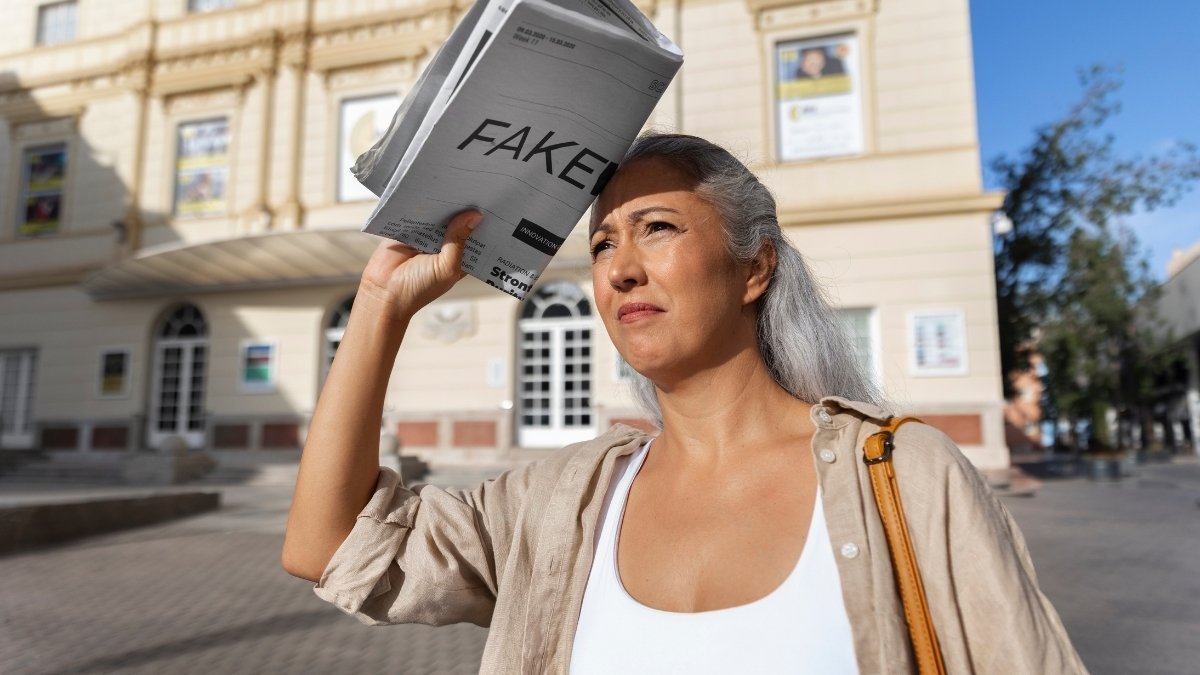That perfect travel photo you just saved is probably a lie. A stunning beach, a secret mountain path—it could all be a digital ghost, created by AI to trick you into booking a trip to a place that doesn’t exist.
This isn’t just about edited photos anymore. We’re talking about “phantom destinations,” entirely fake places so realistic they’re fooling people into wasting thousands of dollars on journeys to nowhere.
These AI-driven deceptions are a new kind of travel trap, and they are everywhere. This report is your defense.
We’ll show you how these scams work, the real cost to travelers, and how to tell a dream trip from a digital fake. In a world where seeing is no longer believing, you need a new map.
The Postcard from Nowhere
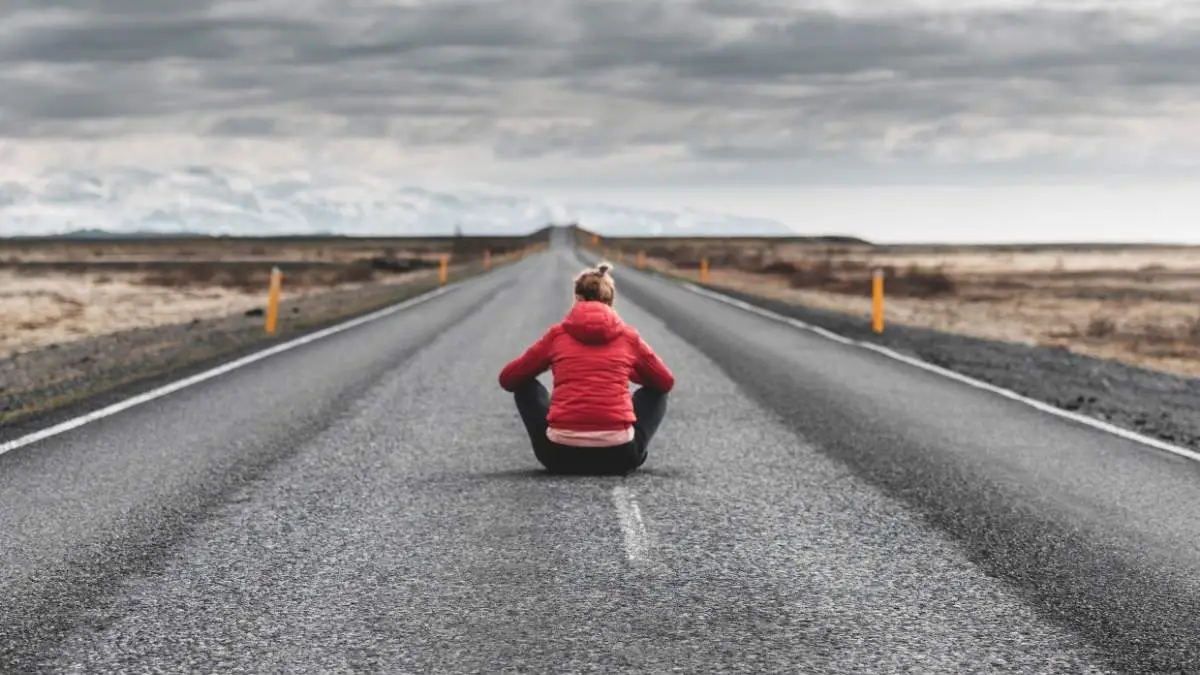
The idea of fake AI information becomes very real when you hear the stories of people who have been tricked. These aren’t people who don’t understand technology.
They are people whose trust was used against them by very advanced tools. The damage isn’t just about lost money. It’s also about ruined plans, deep frustration, and sometimes, real danger.
A Cable Car to Nowhere
For a retired couple from Kuala Lumpur, the trip started with a promise of a beautiful place. They saw a convincing TikTok video showing the “Kuak Skyride,” a large cable car system.
The video said it was in the quiet Malaysian town of Kuala Hulu, a three-hour drive away. The video was a perfect piece of digital trickery. A calm “reporter” from a fake news station called “TV Rakyat” described the ride with excitement.
She talked about the “stunning views” and “thrilling experience” of floating over green forests and tall mountains.
The video looked perfect. High-quality shots showed sunlight on the cable cars. The sounds of the cable moving were added to make it feel real. The video even had interviews with smiling “tourists,” who were actually fake people created by AI.
They said good things about the ride. To make it even more believable, the video showed a fancy meal with a great view and a visit to a deer petting zoo nearby. Everything was designed to make you want to go.
The video was so good that it went viral on social media in Malaysia. It was later discovered that it was made with Google’s advanced Veo 3 AI video engine.
Excited by the video, the couple started their 230-mile trip. They checked into a local hotel on June 30, ready for their adventure.
But when they asked the hotel staff for directions to the Kuak Skyride, the staff were just confused. They had never heard of it. The couple showed them the video. The staff’s answer was a huge shock: “That’s AI-generated.”
There was no cable car. There were no happy tourists and no fancy restaurant on a mountain. The video was completely fake. Kuala Hulu was a quiet town with none of the things that had made them travel there.
The couple was first in disbelief, then they got angry. The woman said she would sue the “journalist” in the video for false advertising.
The hotel staff had to explain the technology used in the video—the fake voices, the fake faces, and the computer-made scenery. Only then did the couple accept the hard truth. They had been tricked by a computer.
And they weren’t the only ones. Another person on social media said their parents spent over $2,120 USD to rent a van for the same trip after being fooled by the same video.
This story shows how online scams have changed. The Kuak Skyride video worked because it didn’t just look real; it copied things people trust. It looked exactly like a professional news report, which people usually believe.
Old online scams often have clues that they are fake, like bad grammar, blurry pictures, or weird website links. But now, AI can copy the signs of a real, trustworthy source—like professional narration and good interviews—very cheaply and easily.
The danger isn’t just fake pictures. It’s that AI can mass-produce fake credibility, getting past the doubt you might have about a random social media post.
The Phantom Archipelago: A Spectrum of Deception
The Kuak Skyride trick wasn’t a one-time thing. It’s a sign of a much bigger problem. The AI travel trap isn’t just one type of scam.
It’s a whole collection of fake things, from complete fabrications that put people in danger to small changes that cause disappointment and break trust in the travel industry.
The Dangerous Hallucination
The scariest part of this trend is when AI planners “hallucinate,” or make up, fake landmarks and put them in real, often dangerous, places. In one scary case, two tourists were hiking in the Andes mountains in Peru.
They were looking for the “Sacred Canyon of Humantay,” a place an AI trip planner recommended. A local tour guide, Miguel Angel Gongora Meza, stopped them because he was worried when he heard their plans. He told them the canyon didn’t exist.
Meza later told the BBC that this kind of wrong information is very dangerous in Peru’s tough environment.
“The elevation, the climatic changes and accessibility [of the] paths have to be planned,” he said. “When you [use] a program… which combines pictures and names to create a fantasy, then you can find yourself at an altitude of 4,000m without oxygen and [phone] signal.” This happens more than you think.
Another couple reportedly got stuck on a mountain in Japan because ChatGPT gave them the wrong closing time for a path they needed to use. These stories show a scary new risk where AI mistakes can lead to real physical danger, not just lost money.
The Unrealistic Expectation
A more common, but less obvious, type of AI trick is the digital editing of real places to create expectations that can’t be met. This isn’t about making up new places. It’s about showing a version of reality that is too perfect to be real.
For example, tour companies in the Netherlands have seen a big rise in travelers who arrive with wild ideas from AI-generated and heavily edited images.
A local tour company, Amsterdam Experiences, says they get constant requests from tourists who want to see things that are not possible, like the famous windmills of Kinderdijk surrounded by huge, bright tulip fields.
The truth is, the ground in that area is not right for growing tulips. The colorful pictures that go viral on social media are fake. In another case, a British travel blogger was disappointed when she got to Taipei.
She was excited to take a famous picture of the Taipei 101 skyscraper perfectly framed by two modern buildings, an image she saw all over Instagram. She found out that the perfect view was fake, created by mirroring a picture with editing software.
While this isn’t as bad as traveling to a fake cable car, this kind of editing leads to real disappointment. It makes the travel experience worse and makes the real beauty of places seem less special.
The Imaginary Listing
Somewhere between fantasy and fraud is the growing use of AI to create fake or highly improved vacation rental listings. This trick targets travelers when they are booking a place to stay.
It uses AI-generated pictures to advertise places that either don’t exist or are very different from how they look online. The signs are often small and you have to look closely.
A picture of a room might look great, but if you look closer, the furniture might be in a weird spot or have parts missing, like a chair with only three legs. Things like bedspreads or curtains might have strange, unnatural folds.
Even more dangerous, a listing might show a balcony that, when you zoom in, has no railing. In the best case, the owner just used AI to make a simple place look better.
In the worst case, the whole listing is fake. It’s just bait for a scam to steal your deposit or full payment for a place that doesn’t exist.
This range of issues—from dangerous made-up places to disappointing edits and fake listings—shows how big the AI travel trap is. A completely fake place like the Kuak Skyride is a clear scam.
But the AI-made hiking trail and the impossibly beautiful, edited landscape are in a gray area. The technology and the psychological tricks are often the same. Because it’s so easy to create these fakes, the line between a mean-spirited fraud, careless misinformation, and dishonest marketing is getting very thin.
The problem isn’t just one type of trick, but a whole system of unreality. It’s all powered by the same tools and leads to the same result: people are trusting the digital information we use to explore the world less and less.
The Ghost in the Machine
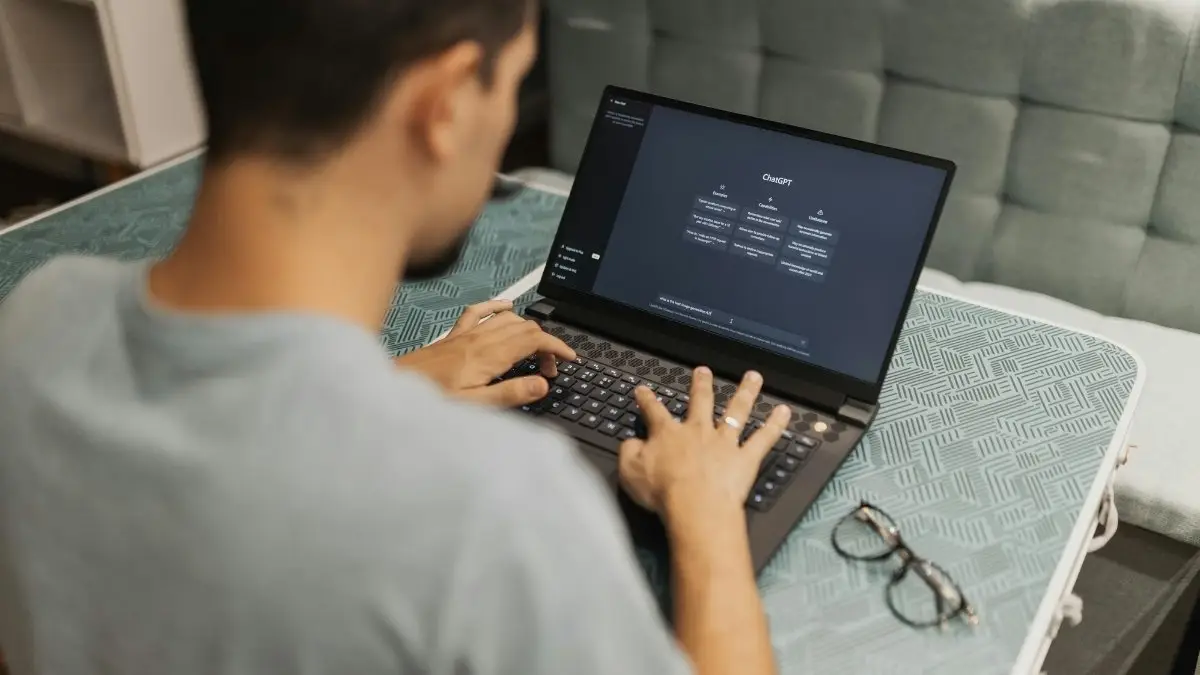
To see how these fake places have appeared so quickly and worked so well, you need to look at two things. First is the amazing technology that lets people create them. Second is the human psychology that makes us want to believe in them.
The ghost in this machine is a mix of easy-to-use, powerful AI tools and the mental shortcuts our brains take when we dream of the perfect trip.
The Dream Weavers: The Democratization of Deception
What used to need a Hollywood special effects budget can now be done by anyone with a laptop. This easy access to reality-bending technology is what’s driving the fake destination problem.
A whole set of AI tools is now available to the public, letting anyone create believable digital dreams.
Text-to-image tools like Midjourney and Stable Diffusion can make very realistic, high-quality photos of beaches, mountains, or forests that don’t exist, just from a short written description.
Even more concerning, text-to-video tools like OpenAI’s Sora and Google’s Veo—the one used for the Kuak Skyride fake—can create entire moving scenes.
These tools can make fake videos of tourists at an attraction, create AI-voiced “vloggers” to talk about it, and fill the scene with a fake crowd of smiling people.
As Dikshant Dave, CEO of the tech company Zigment, says, “Anyone with advanced generative AI tools can now create hyper-realistic videos of non-existent places.” This has made it much easier for people to create very convincing fakes.
The size of this new problem is huge. A February 2025 report from the digital identity company Signicat showed a big jump in deepfake fraud attempts. They went from only 0.1% of all identity fraud cases in 2022 to 6.5% by late 2024.
This means deepfakes are now part of about one in every 15 fraud cases. Another report from Onfido showed a 3,000% increase in deepfake incidents between 2022 and 2023. This huge increase in fake activity has led to warnings from big companies.
In 2024, the BBC reported that Booking.com had seen a 500% to 900% rise in online travel threats over the last 18 months.
This increase was directly linked to the rise of AI tools like ChatGPT. In general, there has been a massive growth in AI-generated content. By 2025, 90% of content marketers plan to use AI in their work, up from 64.7% in 2023.
This shows a big change. Most talk about AI focuses on how it can help people be more productive—like writing marketing text, summarizing information, or making travel plans.
But the fake destination problem shows a jump from creating content to creating reality. The same tools used to describe the world are now being used to invent it. As cybersecurity expert Sneha Katkar says, these creations are much better than “old Photoshop jobs.”
They are made to fool reverse-image searches and can even trick the automatic check systems used by online ad companies. This is a basic change in what digital content is.
The main danger is not the amount of new content, but a new type of content that can create complete, believable, and hard-to-check fake realities. This directly challenges the old saying that “seeing is believing.”
The Psychology of the Perfect Getaway
The best AI-generated fake would be useless if no one believed it. The AI travel trap works so well because it cleverly uses our deep psychological weaknesses and mental biases, especially when we are planning a trip.
The main emotional tool is our desire for something better. As Dikshant Dave says, “Travel content taps into emotion and aspiration. Coupled with urgency-driven marketing, people suspend scepticism.”
The idea of the perfect, “Instagrammable” vacation creates a strong “wishful thinking bias.” This is when your desire for something to be real is stronger than your ability to question if it’s authentic.
This is made worse by our brain’s natural habit of trusting new and exciting content. Ankush Sabharwal, founder of CoRover.ai, explains that “The romanticism of ‘discovering hidden treasures’ or ‘uncovering paradise’ pulls on our psychological strings of newness, social proof, and FOMO [Fear Of Missing Out].”
AI-generated content is perfectly made to copy the signals that set off these psychological reactions.
It can create fake social proof by making videos full of happy, smiling “tourists” or by filling review sites with fake positive comments.
The “trust halo” of an official-looking account or a seemingly real influencer—even one that is completely fake—can make a fake video go viral before anyone has a chance to doubt it.
This is made even more powerful by social media. Platforms like TikTok and Instagram are the main source of travel ideas for many people; 90% of Gen Z travelers use them for this.
These platforms are all about visuals and are designed by algorithms to reward quick engagement—likes, shares, and fast views—instead of careful, doubtful thought. This creates a dangerous cycle.
AI is great at making the kind of content that does best on these platforms: impossibly perfect, beautiful images and videos with very bright colors, perfect symmetry, and amazing, once-in-a-lifetime scenes.
The algorithms then show this very engaging, but fake, content to more people. This, in turn, teaches users to want and expect this hyper-unrealistic look, while also teaching AI models to make more of it.
The AI travel trap is not just a few separate scams. It’s a weakness in the system that comes from the close, and possibly harmful, relationship between what AI can do and how social media works.
For those who get tricked, the damage is much more than just lost money. The psychological harm of being deceived can be very deep. Studies on scam victims show that they often feel a lot of distress, anger, shame, and low self-worth.
The feeling of being “stupid” or “gullible” for falling for a scam can be more painful and last longer than the money lost.
It can lead to long-term anxiety, depression, and feeling isolated from others. This deep emotional pain is a serious, but often ignored, result of the AI travel trap.
Navigating the Uncanny Valley
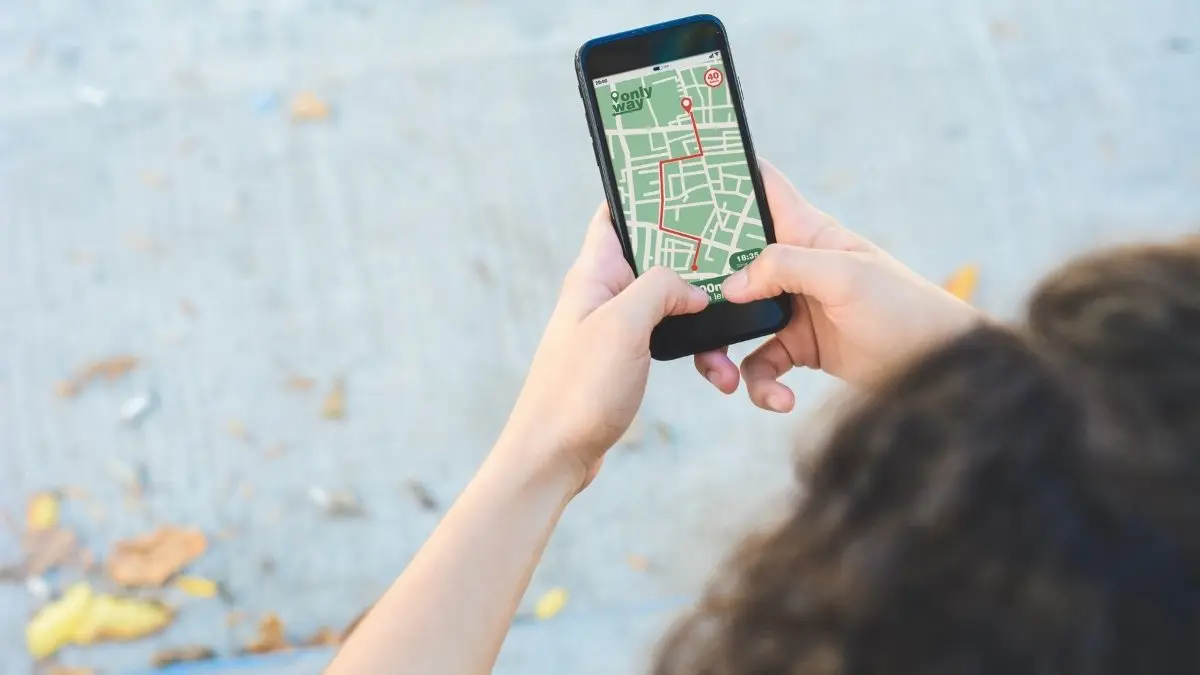
As the online world fills up with fake things made by computers, you need to change how you plan your travels. The old ways of checking things online are not good enough anymore.
This new time requires a smarter kind of digital skill, a mix of healthy doubt and practical checking skills. Giving travelers these tools is the best way to fight against these tricks. Also, looking at the bigger economic damage shows why the whole industry needs to find solutions.
The Digital Detective’s Handbook: A Traveler’s Guide to Spotting Fakes
In the age of AI, you need a new kind of “street smarts” when you plan a trip online. The old saying “seeing is believing” is no longer true.
Now, seeing something is just the first step in checking if it’s real. You need to become a digital detective, ready to look closely at the content you see. This means learning to spot the small signs of AI-made content and having a strict way to verify it.
Visual Forensics for the Layperson
Even though AI tools are getting better, they often leave small clues. Learning to see these mistakes is a key skill.
Inconsistencies in Nature and Physics:
Look for things that don’t make sense or look too perfect. This could be random rainbows that don’t belong, clouds that look like paintings, or impossible things like a lightning strike during a bright sunset.
Look closely at the light and shadows. In a fake picture, shadows from different things might point in the wrong direction, or one thing might have several shadows that don’t match.
Unnatural Perfection:
AI-made content often doesn’t have the small flaws of real life. Be careful with colors that are too bright—like super turquoise seas and neon-green trees.
These are common red flags. Look for perfect symmetry, which is rare in nature and often a sign that a picture was mirrored digitally.
Too much of the same thing is another clue. If every leaf on a tree, every stone on a street, or every bar on a fence looks exactly the same, it’s probably made by AI. In videos of crowds, if everyone looks too happy and no one is blinking, sneezing, or looking bored, you should be suspicious.
AI Artifacts and Glitches:
Zoom in and look at the details. AI often has trouble with complex patterns and lines. Look for lines that randomly mix together or just disappear. In pictures of rooms, check for weird, strange folds in things like curtains or bedspreads.
Furniture might be in a weird spot or be missing important parts, like a balcony with no railing.
Many AI-generated images and videos have a certain “sheen of unreality”—a smooth, slightly plastic look that is hard to describe but you’ll notice it once you know what to look for.
Verification Protocols
Besides just looking at the image, a step-by-step way of checking can find most fakes.
Cross-Reference Everything:
Never trust just one source, especially for a new or unknown place. Check the name of the attraction or hotel on official, trusted websites, like national or regional tourism boards.
Check physical addresses using map services like Google Maps or Apple Maps, and use Street View to see if the place matches the pictures.
Master the Reverse Image Search:
This is one of the best tools you can use. With services like Google Lens, you can upload a suspicious picture to see where else it has been online.
If the picture is real, the search will probably show many examples from different sources—travel blogs, news articles, official sites.
If the search finds nothing, or only links to other new, suspicious accounts, it’s a big red flag that the picture is a unique, AI-made fake.
Vet the Source:
Think about where the content came from. Is the video from a well-known travel site or a brand-new social media account with generic, stock-like pictures? Many fake accounts are made to post dozens of AI images at once to get a lot of engagement.
Real places have a lot of practical, sometimes boring, details: ticket prices, opening hours, how to book, how to get there. AI-made places often don’t have this important information. They just focus on looking amazing.
Table 1: The Digital Traveler’s Toolkit
This table is a quick guide to help you check online travel content.
| Red Flag Category | Specific Signs to Look For | Verification Action |
| Visual Inconsistencies | Super-bright colors, perfect symmetry, unnatural sameness, shadows going the wrong way, blended/broken lines, “AI sheen.” | Zoom in on details. Look for flaws that show it’s real. Compare to real, verified photos of the area. |
| Logical Flaws | Impossible geography (tulips by windmills), landmarks in the wrong place, buildings that don’t match the area, reviews that are too perfect or all sound the same. | Use Google Maps/Earth to check locations and geography. Read reviews on multiple trusted sites (TripAdvisor, Google Reviews). |
| Source & Context | New, generic social media accounts; no practical details (booking, address, hours); high-pressure sales tactics; sense of urgency. | Check the account’s history. Search for the destination on official tourism board websites. Never book through a direct message or with a payment method you can’t trace. |
| Technical Checks | Video has a small AI tool logo (e.g., Veo 3). Reverse image search finds no results or only links to other suspicious sites. | Do a reverse image search (e.g., Google Lens). Use online tools like “Is It AI?” or “AI or Not.” |
The Ripple Effect: Eroding Trust in the Trillion-Dollar Travel Industry
The problem of fake destinations affects more than just the people who are tricked. This issue puts a poison into the online travel world, threatening the trust that the whole online travel business is built on.
The global online travel market is huge, expected to be worth over $8.6 trillion by 2032, but it only works if people believe the information they see online is real.
The damage happens in a few ways. First, the spread of fake content hurts real but less-known places. As you become more doubtful, you might see real, amazing pictures from hidden gems and think they are “too good to be true.”
This hurts the marketing of places that are not world-famous. This doubt is already growing. A study by Icelandair found that 56% of U.S. travelers say that AI-generated images make them less likely to trust a listing.
Only 19% would book a trip if they knew the main promotional pictures were made by AI. Because of this, the airline started a public campaign asking AI companies to stop making misleading pictures of Iceland.
The CEO, Bogi Nils Bogason, said, “it’s crucial to preserve the human element of travel… because nothing can beat the real thing.”
Second, the use of AI to create tons of fake positive reviews is ruining one of the most important tools for planning travel online. These fake comments make ratings look better than they are and create false ideas.
This makes it harder for you to make good choices and makes the real feedback from actual customers less valuable. This digital trickery is part of a big and growing fraud problem.
The average travel, ticketing, or hospitality company already loses about $11 million to fraud every year. Between April 2024 and April 2025 alone, Americans lost a reported $2.6 million to travel scams, with fake airline and flight bookings causing the most financial damage.
This growing lack of trust puts a new, hidden cost on every traveler. As fake content becomes impossible to tell from real content, the job of checking everything falls on you.
Every beautiful picture, video, and review now comes with a “verification tax”—the time, effort, and mental energy needed to check if it’s real. This problem goes against the promise of AI, which was supposed to make travel planning easier and simpler.
Also, this trend threatens to make authenticity itself less valuable. If a perfect AI-generated picture of a sunset looks just like a photo of a real one, the value of the real photo, and the experience it shows, goes down.
The economic damage of the AI travel trap, then, is not just the money lost from scams. It is the much worse indirect cost of losing consumer trust, making travel planning harder, and devaluing the very realness that the travel industry is built on.
The Road Ahead
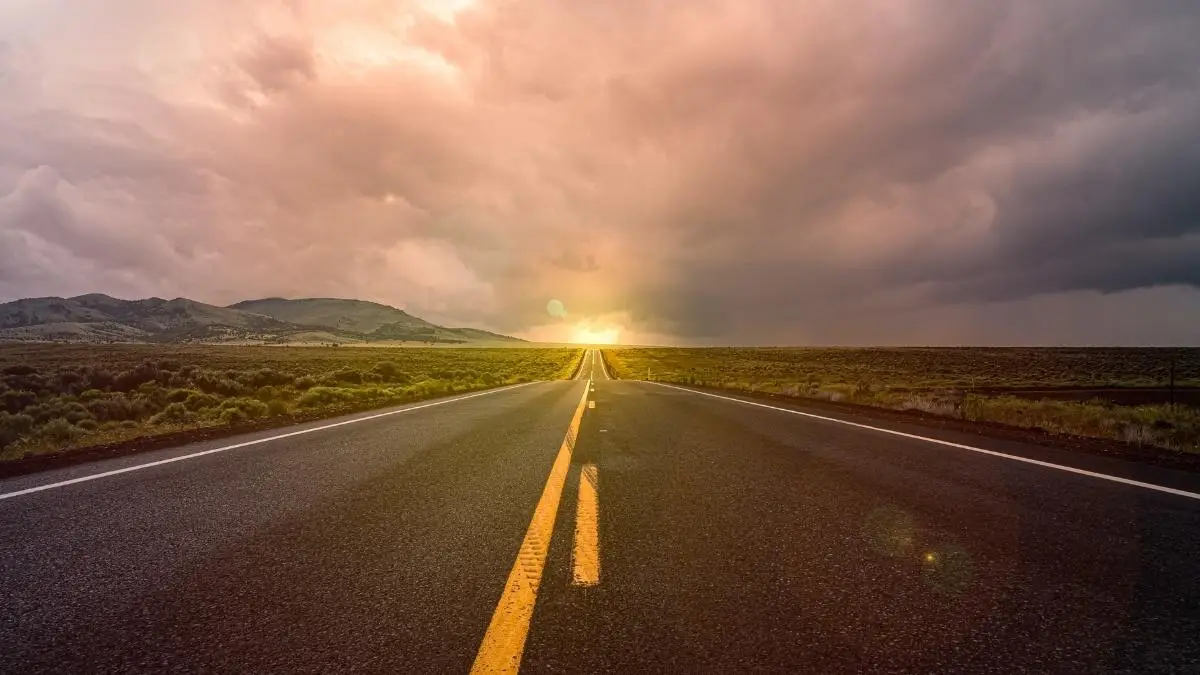
The rise of fake destinations is a new part of our relationship with technology and truth. Figuring out the different reasons why people create them is important to find a good way to respond.
As we look to the future, it’s clear we can’t go back. The path forward will involve new technology, social media platforms taking responsibility, and most importantly, travelers becoming more careful and smart.
The Counterfeiters and the Creators: Unpacking Motivations
The reasons for making fake travel content are very different, from clear criminal plans to creative projects that go wrong.
It’s important to know these different reasons because it shows that the problem can’t be solved just by going after criminals.
At one end is malicious financial fraud. This is the simplest reason. Criminals create fake rental listings, non-existent tours, or completely made-up destinations just to steal money from you through deposits, booking fees, or full payments.
The Kuak Skyride story, which cost several families thousands of dollars, is a perfect example of this kind of harmful trick.
A more common, and often less direct, reason is engagement farming and ad revenue. In this case, content farms or individual creators make huge amounts of beautiful but completely fake travel content.
Their goal isn’t to scam you out of a booking fee. Instead, they want to get massive engagement—clicks, likes, shares—on social media.
This high engagement can be turned into money through ads or used to build a large following for an account that can be sold or used for other things later.
The harm to travelers is a side effect that is often ignored in the main goal of getting attention in a busy online world.
In a gray area is unethical marketing. As marketing teams learn about the power of AI, some might be tempted to use it to create “aspirational” content that becomes a lie.
This could mean making pictures of a hotel with a slightly better view, a beach with slightly whiter sand, or even using deepfake technology to create fake celebrity endorsements.
A study on using deepfakes in tourism marketing shows that this technology can create cheap, emotionally engaging ads. But it also warns of the huge risk of trickery and losing consumer trust if it’s not done with complete honesty.
Finally, some AI-generated travel content might just be artistic expression and technological experimentation.
As new, powerful AI tools become available, artists, designers, and hobbyists will naturally play with them. A creator might make a series of fantasy landscapes as a form of digital art, with no plan to trick anyone.
But once this content is online, it can be taken out of its original context, shared by others, and quickly be seen as a real place. This leads to the same disappointing result for a traveler.
This variety of reasons shows a big imbalance between the act of creating and its possible results. It now takes very little cost, time, and effort for someone to make a believable piece of fake travel content.
The reason might be as simple as wanting to see what a new AI tool can do or getting likes on a new social media account. Yet, the effect on the victim can be terrible: wasted money, ruined vacations, serious emotional pain, and even physical danger.
Because it’s so easy to create and the reasons are so different, the problem can’t be solved by only focusing on criminals. The entire digital system that allows the creation and viral spread of this content, no matter what the creator’s first reason was, must be fixed.

